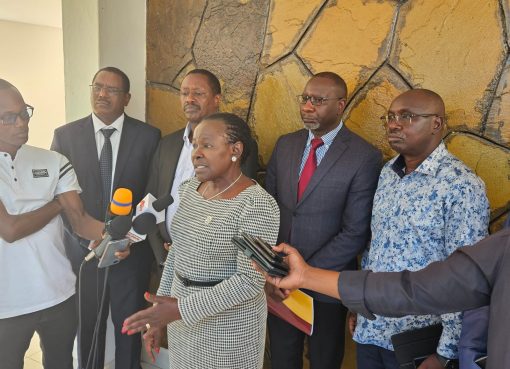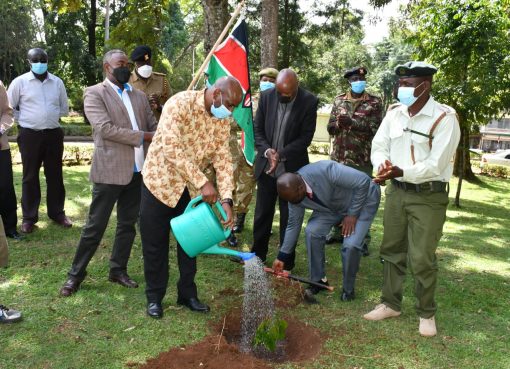The Kenya Marine and Fisheries Research Institute (KMFRI) has developed new products to improve fish value chain in the country.
The products which include minced fish, fish samosa, fish sausages, fish fingers, fish gel, smoked fish and fish fillets are being introduced to farmers to ensure that the reap big from their enterprises.
KEMFRI Sagana Center Director Dr. Domitila Kyule said the products have been developed in collaboration with research partners to promote fish farming as an income generating venture and boost production which has dropped.
“You don’t throw anything in fish and when you add value you earn more than selling the fish raw,” she said.
Through the Kenya Climate Smart Agriculture Project (KCSAP) which is being implemented jointly by KMFRI and the Kenya Agricultural and Livestock Research Organization (KALRO), the new products are being rolled out to farmers in Siaya, Busia, Kakamega, Lamu and Marsabit Counties.
Speaking in Kisumu during a training for Fisheries officers from Busia County on the new products and technology, Dr. Kyule said a modern fish smoking kiln has also been developed by the institution.
The kiln, she said was user friendly and the smoked fish produced was of high quality to meet consumer expectations.
“The kilns we used in the country initially were of poor quality. We ended up having charred fish which is of low quality thus fetching low prices,” she said.
With the new products and technology, the project targets to boost fish farming through aquaculture and fish cages to meet the country’s demand.
According to Mr. Kelvin Obiero, the KMFRI Center Director Kisumu, Kenya has a fish deficit of about 500, 000 metric tonnes.

This has led to importation of fish from China to bridge the gap in turn hurting local farmers engaged in aquaculture.
With dwindling fish stocks in Lake Victoria, he said on farm production and cage farming was the way to go.
““The Lake which produces 75% of fish in the country has reached a plateau and there is no way we can expand on capture fisheries,” he said.
Through collaboration with Maseno Univerity, Egerton University, Jomo Kenyatta University of Agriculture and Technology and University of Eldoret new technologies have been developed and are being rolled out to farmers in the respective counties.
He disclosed that KMFRI has partnered with JKUAT to produce insect based feeds which are nutritious for fish.
This, he said will ensure that farmers get high yields and earn more through the improved value chain.
KMFRI, he added was also supplying high quality breeds and fingerlings to farmers in the five counties to boost production.
Through the project, Busia County has received Sh. 60 million to set up hatcheries which are up and running.
Busia County Director of Fisheries Timothy Odende said an additional Sh. 300 million has been received this financial year to set up fish cages and scale up on farm production.
“We are setting up a modern intensive fish production system complete with ICT infrastructure to synergize the new technologies,” he said.
Odende said the disconnect between counties and research institutions was to blame for the poor fish production in the country adding that through creating linkages the sector which employs over 50, 000 people was bound to thrive.
The Kenya Climate Smart Agriculture Project (KCSAP) was launched in 2018 after Kenya received a loan of Sh. 25 billion from the World Bank to increase agricultural productivity and build resilience to climate change risks in the targeted smallholder farming and pastoral communities in Kenya.
By Chris Mahandara.





